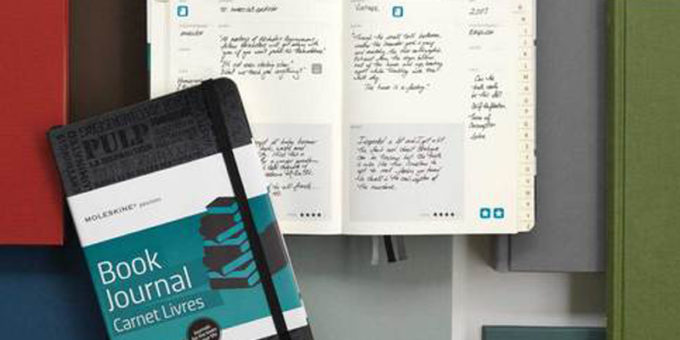— A Basic Outline With Insightful David Ogilvy Quotes
Content is an important marketing tool for all businesses. It takes your message from advertising to advertorial — making the customer the star of your story. There are so many ways to show and sell with storytelling. So, get started. Here is an outline to guide you.
Topic & Working Title or Headline
Start with intention. Build a working headline to focus your efforts, and perhaps, provide a theme. Ultimately you will revise this to make sure it grabs attention and get readers interest.
On the average, five times as many people read the headline as read the body copy; when you have written your headline, you have spent eighty cents out of your dollar. — David Ogilvy
Introduction
What’s the big idea? Summarize the net takeaway(s) to be addressed in your article. Write the key idea(s) you want readers to get out of reading it. Consider posing a question to engage your audience. Or make a compelling statement to pique curiosity. This is where you set the stage for your tale.
It takes a big idea to attract the attention of consumers and get them to buy your product. — David Ogilvy
Key Insights
Brainstorm all the things you want to deliver in the post and list them. Organize them, then group them into main idea(s). Break up your insights into sections so that thoughts are lumped together by theme. As a benchmark, create three to four sections. Expand on these. Beef up sections with some or all of the following:
- examples
- quotes
- how-to or directions
- easy-to-implement advice
- benefits
- personal experience
- what worked, what didn’t work
- supporting or helpful information or statistics
Then read it. Revise it. Reorganize information until it makes sense and tells the whole story in the most captivating way.
The more informative your advertising, the more persuasive it will be. — David Ogilvy
Wrap up
In the end, summarize the post with an actionable takeaway, promise, or benefit of the lesson or experience. Leave the reader with results they could expect. And include a call to action: do this … now.
What you say in advertising is more important than how you say it. — David Ogilvy
Extras
Include hyperlinks that would lead to more information expanding on ideas, people, or features mentioned in the blog. And, always include an image when you can. A picture is worth a thousand words.
I do not regard advertising as entertainment or an art form, but as a medium of information. — David Ogilvy
Enjoy the journey as you write your way to success. Share your self, your style, your vision in a way that attracts your tribe, one reader at a time. Create the spin to win.


